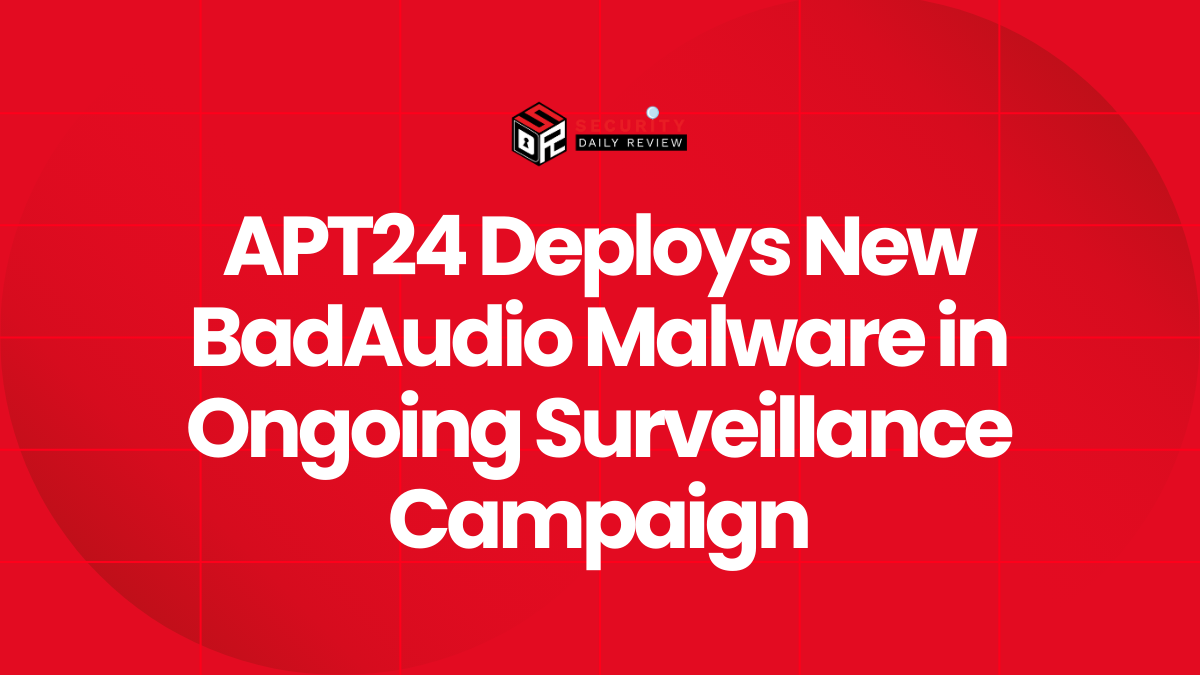A new wave of targeted data theft has prompted Salesforce to revoke authentication tokens connected to Gainsight-published applications. The move follows a coordinated attack campaign that exploited compromised third-party credentials to gain unauthorized access to customer data within the Salesforce ecosystem.
Salesforce Takes Action to Mitigate OAuth Token Abuse
Salesforce security teams are actively investigating incidents that involve unauthorized access targeting user accounts via compromised OAuth tokens linked to Gainsight applications. In response to observed malicious activity, Salesforce revoked refresh tokens issued to several Gainsight-connected applications. The revocation aims to limit attackers’ continued access to customer data and reduce the threat surface across affected instances.
According to Salesforce, its internal analysis has not revealed any compromise of its core systems. The authentication tokens were reportedly misused in a malicious campaign that allowed threat actors to exfiltrate customer data using authorized access pathways established through OAuth integrations.
OAuth (Open Authorization) is commonly used to grant third-party applications delegated permission to access user resources without sharing passwords. If exposed, refresh tokens can allow sustained access long after initial account compromise.
Gainsight Applications Identified in Token Revocations
Gainsight, a customer success platform provider, publishes several integrations on Salesforce AppExchange. These integrations facilitate seamless customer relationship management workflows through OAuth authorization. The affected applications include:
- Gainsight CS
- Gainsight PX
- Gainsight Mobile
Salesforce did not publicly attribute the attack to a known threat actor. However, the profile of the activity suggests a targeted campaign relying on previously stolen credentials or weakly secured integration tokens. Because the attack method leverages legitimate access protocols, it is less likely to trigger traditional anomaly-based defenses.
In coordination with Gainsight, Salesforce disabled potentially abused refresh tokens and began notifying affected users and administrators. Gainsight separately initiated its own set of mitigations and recommended customers rotate their connected app credentials.
Customers Urged to Rotate Login Credentials and Review Logs
In light of the campaign, both Salesforce and Gainsight advised customers to take proactive steps to secure their environments:
- Rotate credentials and client secrets associated with OAuth-enabled applications.
- Reauthorize connected apps where necessary.
- Review logs for unusual API activity or anomalous user behavior.
- Enable Multi-Factor Authentication (MFA) across all user accounts, especially those with administrative privileges.
- Limit the scope and permissions of third-party apps to follow the principle of least privilege.
Salesforce emphasized the importance of ongoing monitoring, particularly of OAuth token usage patterns. The company has also updated internal detection capabilities and triggered enhanced logging for affected tenants.
Broader Implications for SaaS Security and Third-Party App Reviews
This incident underscores potential security blind spots in Software-as-a-Service (SaaS) environments where third-party integrations significantly expand the attack surface. As more enterprises rely on OAuth-based workflows, the stolen token threat vector becomes increasingly critical.
Security professionals managing Salesforce instances or other SaaS platforms should implement a rigorous third-party app vetting process, apply granular access controls, and conduct regular token audits.
To reduce the residual risk of token abuse in the future, Salesforce stated it is revisiting its connected app review process and updating token lifecycle management procedures.
Investigation Ongoing But No Salesforce Platform Breach
Salesforce confirmed that its underlying infrastructure and authentication services were not breached. The attacks were contingent on unauthorized use of refresh tokens from Gainsight-related OAuth flows, indicating third-party risk rather than a platform-level vulnerability.
“There is no evidence that Salesforce systems were compromised,” a company representative reiterated during the incident update.
Customers with observed irregularities are encouraged to log cases with Salesforce support and consult the Incident Response Guide for hardening steps and event response recommendations.
Token-Based Attacks Challenge SaaS Trust Architecture
The targeted exfiltration of data using compromised OAuth tokens in Salesforce environments demonstrates both the sophistication of modern threat actors and the importance of maintaining visibility into federated application security. As token-based authorization becomes embedded in enterprise workflows, security teams must remain vigilant against abuse, especially when trust is delegated to third-party vendors.









